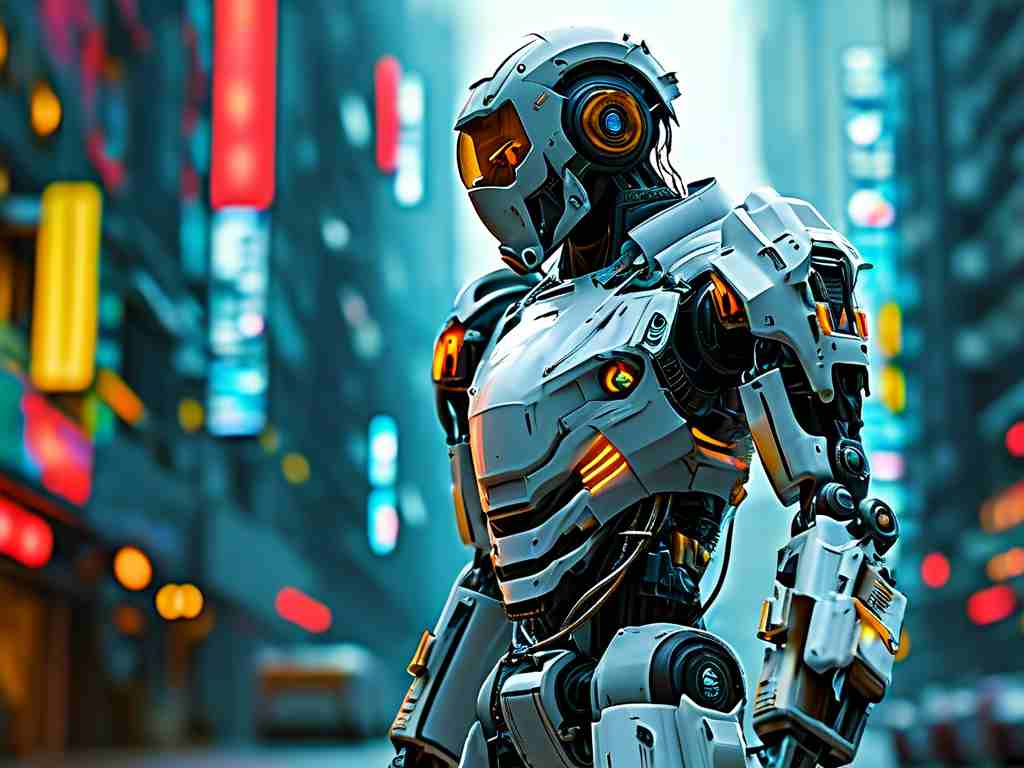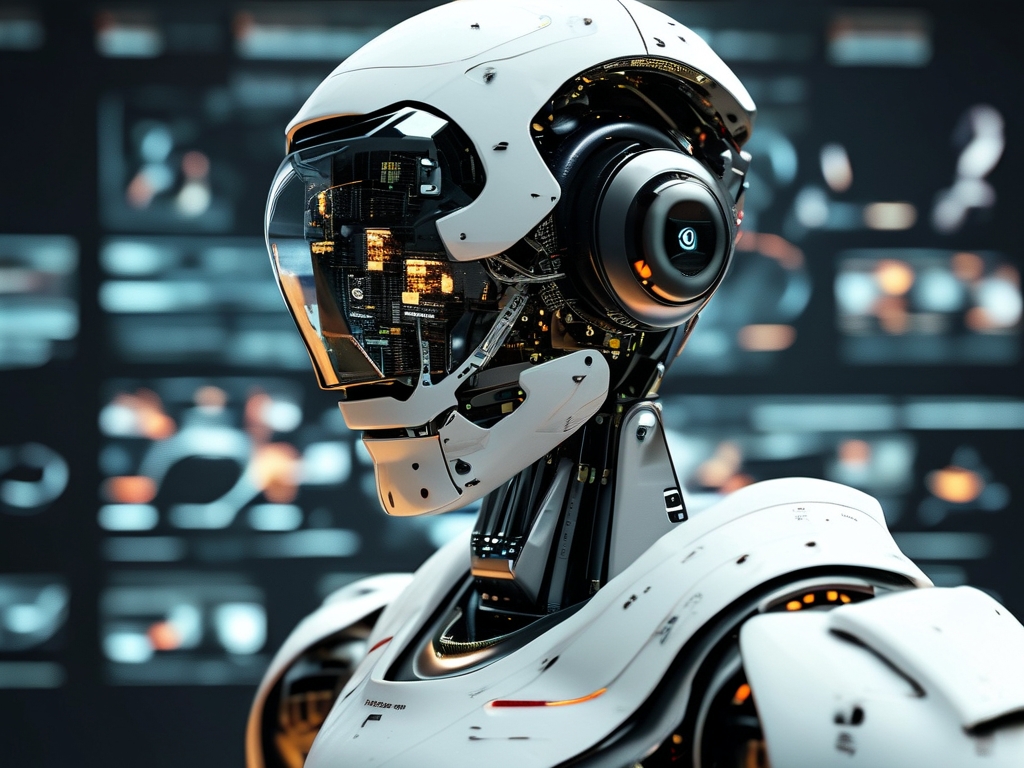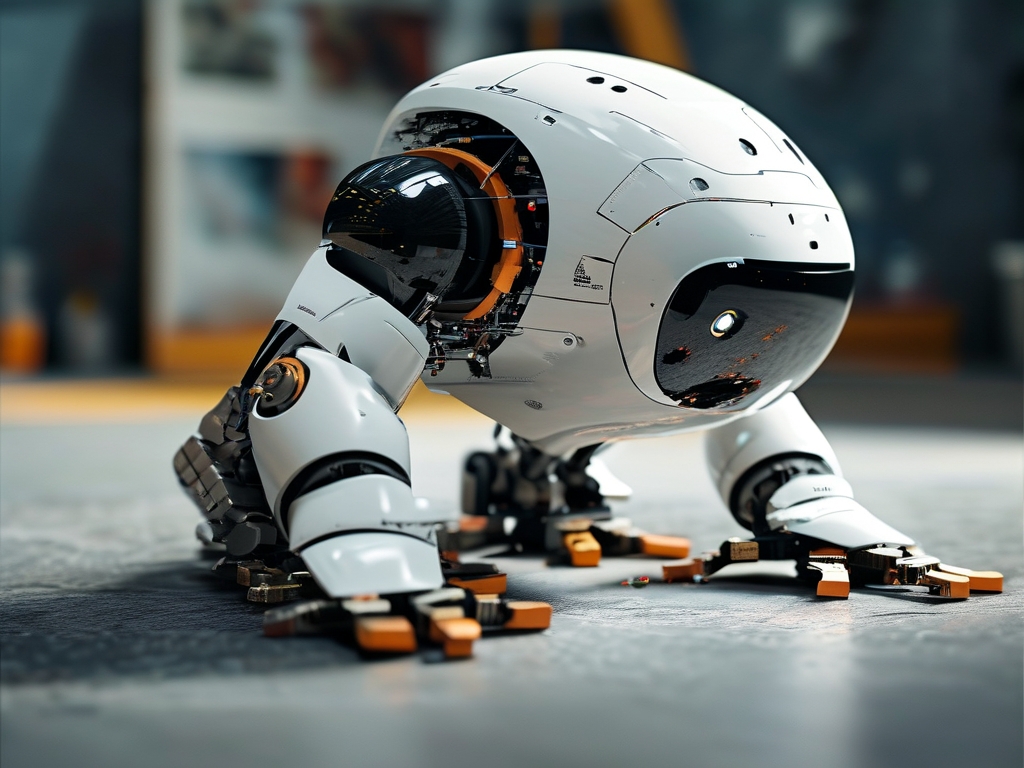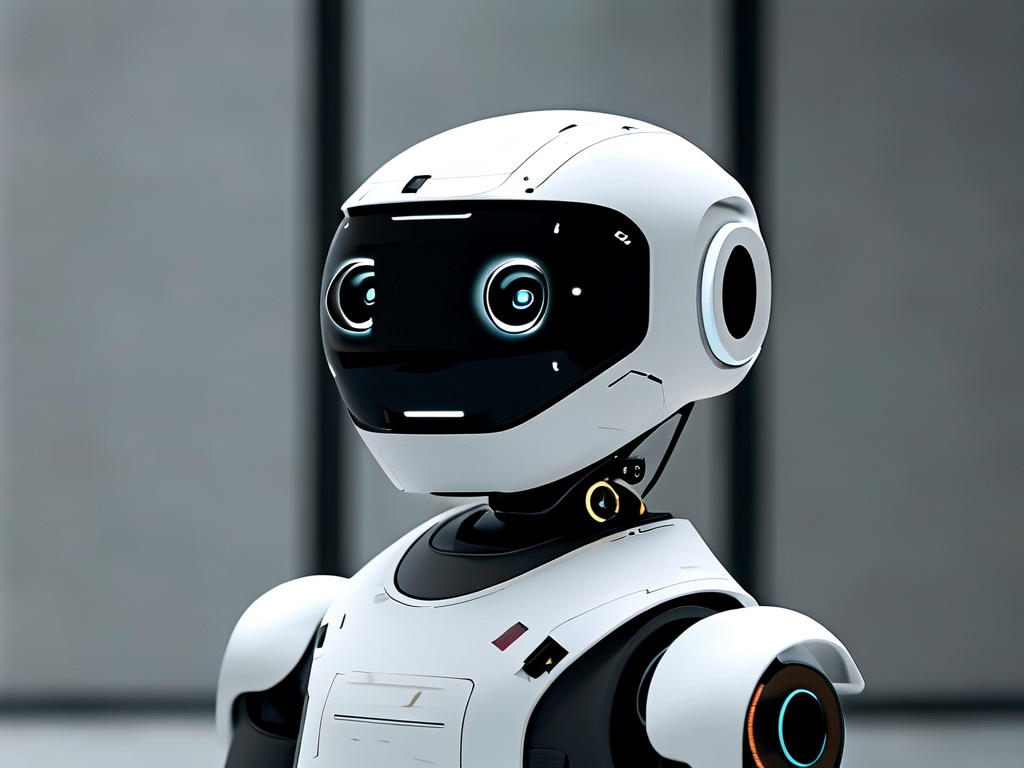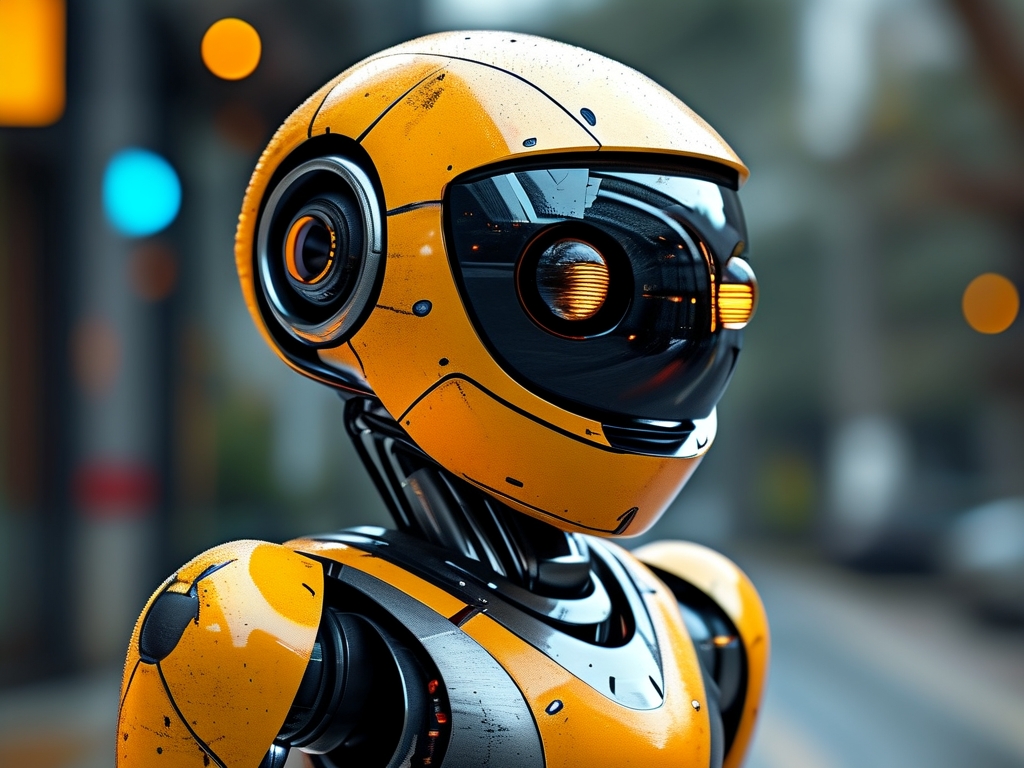The evolution of service robotics has transformed industries ranging from healthcare to hospitality, driven by a sophisticated blend of hardware and software innovations. These machines now perform complex tasks with human-like precision, enabled by advancements in artificial intelligence, sensor integration, and mechanical engineering. This article explores the core technologies that define contemporary service robots and their real-world applications.
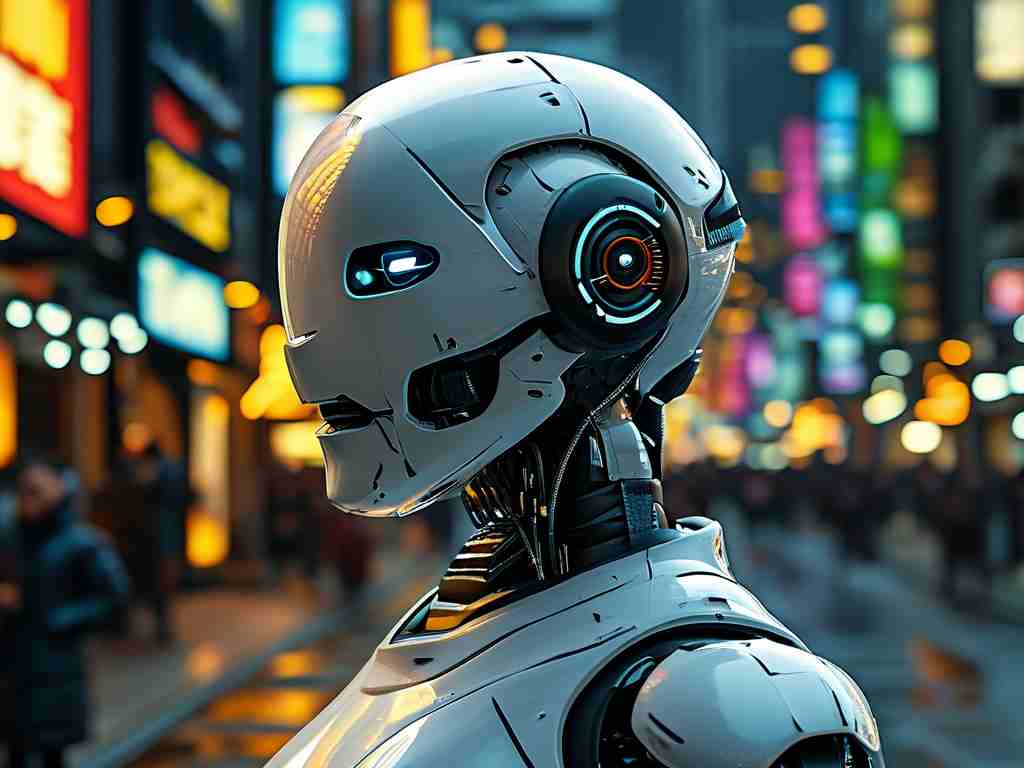
At the heart of modern service robots lies artificial intelligence (AI). Machine learning algorithms allow robots to adapt to dynamic environments through continuous data processing. For instance, natural language processing (NLP) enables voice-controlled assistants in hotel robots to understand guest requests in multiple languages. Computer vision systems, powered by convolutional neural networks (CNNs), help medical robots identify surgical instruments or detect anomalies in diagnostic imaging. Reinforcement learning further allows robots to optimize paths in crowded spaces, such as warehouse logistics bots avoiding obstacles in real time.
Multi-sensor fusion represents another critical pillar. Service robots integrate lidar, infrared, ultrasonic, and tactile sensors to build 3D environmental maps. A cleaning robot, for example, combines lidar for room scanning with bump sensors to navigate around furniture. In healthcare settings, force-torque sensors enable robotic arms to handle delicate objects like laboratory samples without damage. Thermal cameras in security robots can detect human presence while ignoring pets, reducing false alarms. These sensor arrays feed data into central processors that make split-second decisions, mimicking human situational awareness.
Advanced locomotion systems expand operational capabilities. Omnidirectional wheels allow robots like those in manufacturing plants to move laterally without turning. Humanoid robots use hydraulic actuators and gyroscopes to maintain balance on uneven surfaces. Drones employed for delivery services rely on quadcopter designs with GPS-IMU integration for precise aerial navigation. Underwater service robots, used in pipeline inspection, utilize thrust vectoring systems to counteract ocean currents.
Edge computing has emerged as a game-changer by enabling onboard data processing. Instead of relying solely on cloud servers, robots now perform critical computations locally. This reduces latency in time-sensitive tasks—a crucial feature for elder-care robots that must respond instantly to falls or emergencies. ROS (Robot Operating System)-based architectures manage hardware-software interactions, allowing seamless integration of new modules through open-source frameworks.
Energy efficiency remains a persistent challenge addressed through solid-state battery and wireless charging innovations. Hotel service robots, for instance, autonomously dock at charging stations during idle periods. Solar-powered agricultural robots operate for extended durations in outdoor environments. Regenerative braking systems in mobility-focused robots recover kinetic energy during deceleration.
Interoperability with existing infrastructure is achieved via IoT connectivity. Robots sync with smart building systems to control elevators, access doors, or adjust lighting. In retail environments, inventory management robots communicate with warehouse databases using RFID and Bluetooth Low Energy (BLE) protocols. 5G networks enable real-time video streaming from remote-operated surgical robots to specialist surgeons thousands of miles away.
Despite these advancements, challenges persist. Ensuring cybersecurity in networked robots remains paramount, as vulnerabilities could lead to data breaches or operational hijacking. Engineers are implementing blockchain-based authentication and end-to-end encryption to safeguard robotic systems. Another focus area is improving human-robot collaboration through intuitive interfaces. Haptic feedback gloves allow technicians to "feel" what a maintenance robot encounters, while augmented reality (AR) overlays provide visual guidance during repairs.
Looking ahead, quantum computing promises to revolutionize robot learning speeds, while neuromorphic chips may enable energy-efficient brain-like processing. Soft robotics innovations aim to create safer machines for direct human interaction, using materials like shape-memory alloys and self-healing polymers. As these technologies converge, service robots will increasingly handle roles once considered exclusively human—from precision farming to disaster response—reshaping our approach to labor and problem-solving in the 21st century.



